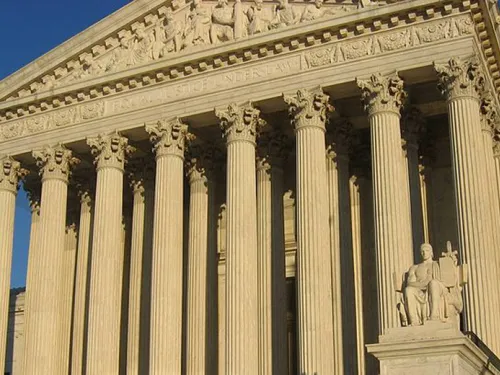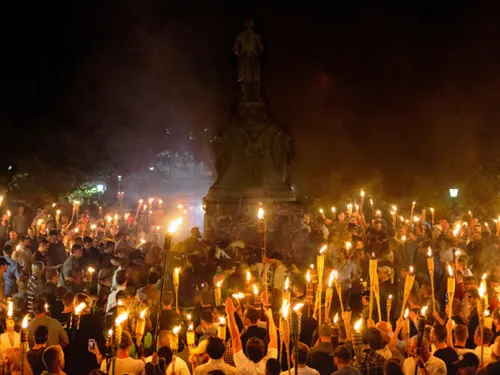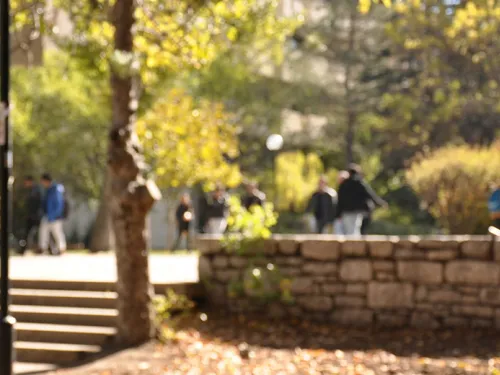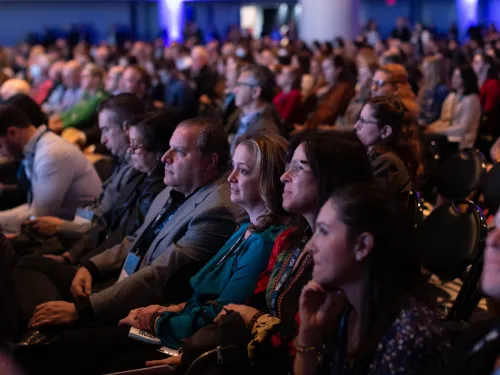The Growing Links between White Supremacists and Biker Gangs
Read ADL's comprehensive report, Bigots on Bikes: The Growing Links between White Supremacists and Biker Gangs (PDF).
In recent years, a disturbing trend has emerged on the white supremacist scene in the United States. More and more white supremacists are developing links to motorcycle clubs across the country, including outlaw motorcycle gangs frequently involved with criminal activity. Though there has always been a small amount of crossover between white supremacist subcultures on one hand and the biker subculture on the other, these contacts have heretofore been relatively limited.
Now, however, bikers and white supremacists are commingling with increasing frequency in a number of different ways. All five of the major white supremacist movements in the United States—neo-Nazis, racist skinheads, Ku Klux Klan groups, racist prison gangs, and Christian Identity groups—have developed noteworthy ties to the biker subculture. There is a significant overlap between elements of the biker subculture and elements of white supremacist subcultures, including shared symbology, shared slang and language, and in some cases shared dress. These cultural connections make encounters between the different movements easier.
As a result of these individual connections, the number of people who hold dual membership in biker clubs and white supremacist groups has grown. Institutional connections have also grown, including biker gangs co-sponsoring white power events and allowing white supremacists to meet at their club houses. The most disturbing development has been the formation in recent years of a number of explicitly white supremacist biker gangs and clubs. If these connections continue to increase, they could add strength to white supremacist movements and could also increase ties between white supremacists and organized crime.
KEY FINDINGS
- Growing connections. In recent years, there have been growing connections between outlaw motorcycle gangs and white supremacists. Increased connections between the two movements can expand their respective recruiting pools and lead to increased criminal activity, from hate crimes to organized crime.
- Cultural overlaps. Overlaps between the outlaw biker subculture and the white supremacist subculture make it easier for members of both movements to interact with each other and facilitate the forming of connections between them. These overlaps include similar symbols and language, as well as shared practices.
- Increasing crossover. Cross-membership is becoming increasingly common—racist bikers may be attracted to white supremacy, while some white supremacists may be attracted to the mystique and power of motorcycle gangs. Sometimes outlaw motorcycle gangs and white supremacist groups may even cooperate or associate with each other on a group level; these include both social and criminal connections.
- New white supremacist biker groups. Finally, in recent years a number of explicitly white supremacist biker gangs have emerged across the country. Though small in membership, they represent a disturbing new trend that may pose even more problems should their numbers grow.









